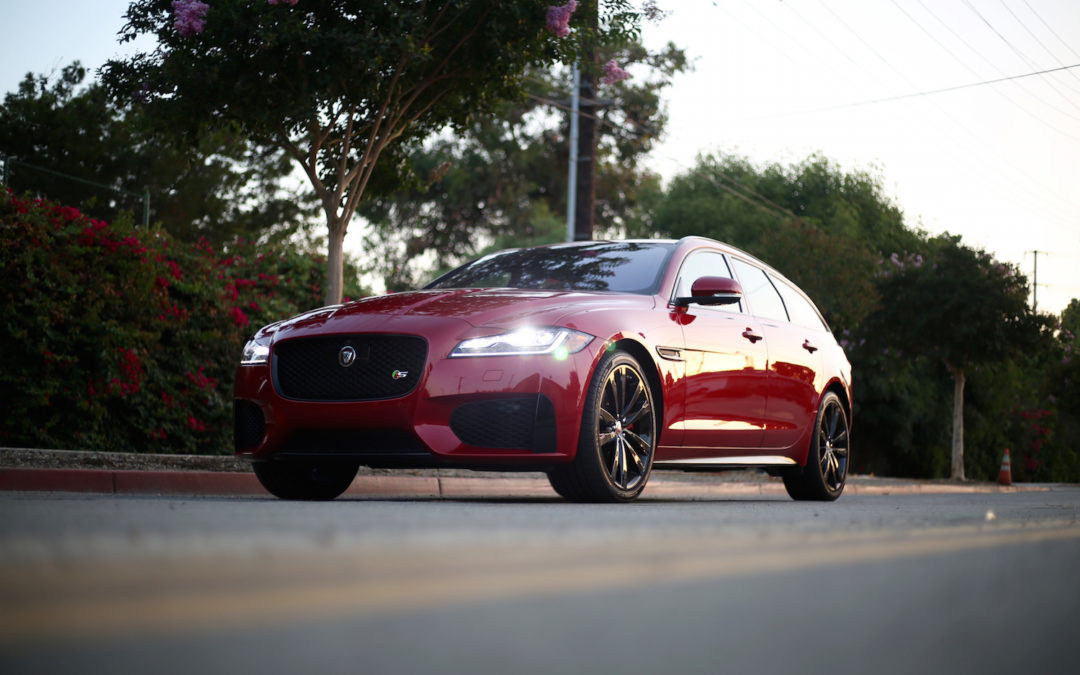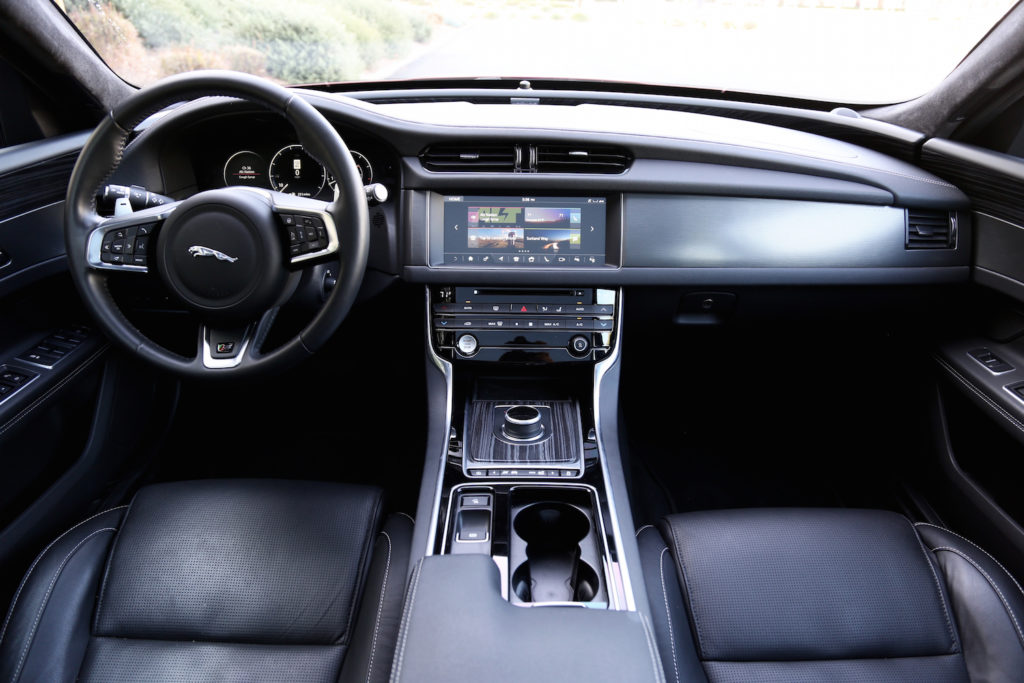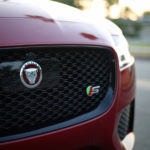Car shopping is the ultimate process of refinement – though not always through the right steps. Buyers often start with a brand they like or a cool vehicle they’ve seen through advertisements or in a parking lot. If a friend or family member owns the model in question, they can be polled for feedback. Then follows some online research, a dealer visit, and a purchase. Sometimes, this procedure can yield the right car for a given owner, but there’s a better method – one that has a higher likelihood of proper pairing.
First, consider what you want to do with your vehicle: do you love camping and require additional ground clearance to get to your favorite sites? Do you live in a climate with harsh winters and want the security of all-wheel drive (though snow tires are equally important)? Do you have a long commute and need stellar fuel economy? Whether a brand is trendy or a car has the right look, if it doesn’t match your lifestyle, it isn’t worth considering.
Though we can’t put specific numbers to our hypothesis, we’d argue it’s this misguided shopping process that puts folks behind the wheel of SUVs when they really belong in a wagon. With better fuel economy, a more comfortable ride, better handling, and similar cargo capacity, wagons shouldn’t be overlooked in the age of SUVs. Thankfully, automakers are once again producing great wagons (some never stopped), giving consumers compelling reasons to make the switch.
Within the luxury sector, Mercedes-Benz has held down the long-roofed fort with its E400 4Matic+ Wagon ($63,050), but Porsche’s Panamera 4 Sport Turismo ($96,200) and Jaguar’s XF S Sportbrake ($70,450) came to play. We’ve spent some time in the hottest versions of Porsche and Mercedes-AMG’s family haulers, but this is our first crack at Jaguar’s one-size-fits-all wagon. Here’s what we gleaned from our week with the swanky Brit.
Lesson one: the Sportbrake isn’t just cool to car people. Of all the folks who ogled the Jag wagon while we held the keys (and there were many), only a couple drove what we’d consider “enthusiast vehicles.” More often, someone would roll down the window to their Ford Fusion or pause on the way back to their Lexus RX to dish a compliment to the Sportbrake. It makes sense; supercars and ultra-posh rides just aren’t on the radar for the everyman. A wagon, though, is the sort of practical purchase that often meets the criteria of middle class consumers. This wagon especially, deserves attention.
The XF Sportbrake builds on the fluid beauty of the XF sedan, extending its roofline with a gentle curve turned steep rake beyond the rear axle. An expansive wheelbase accompanies 20-inch black-painted wheels for a prowling stance (like a certain jungle cat). Piercing LED headlights and taillights, an integrated spoiler, and gloss black accents finish off the wagon’s handsome exterior design.
Interior + Tech
Jaguar’s interior design has its strengths and weaknesses. Clean lines and uncluttered surfaces make for an elegant dashboard. There’s leather where we want it (on the steering wheel, seats, center console, and door armrests), a full-length panoramic glass roof, and a microfiber suede headliner. Alas, the overall experience is “premium-lite” (and you can’t pay to upgrade this service).
Our biggest concern is the fit and finish of the cabin materials. The perforated leather seats aren’t molded into a welcoming design, the trim pieces feel sub-standard for a $70K luxury product, and apart from the trick gear selector and air vents that “wake” upon startup, we’re missing any real “dazzle” to match the car’s provocative silhouette.
Technology, too, is a mixed bag. Jaguar’s 12.3-inch digital driver display and 10.0-inch infotainment system provide clear visuals and extensive customization, but the absence of Apple CarPlay and Android Auto is a big whiff in 2018 (for any segment of the market). The InControl Touch Pro module features a tiled design to shortcut common functions like audio, navigation, climate control, and Bluetooth calling. Other settings require a little more legwork, and the system’s delayed response to inputs can get frustrating. We can’t claim to prefer Mercedes-Benz’s confusing Comand infotainment, but Porsche’s slick system is more intuitive and faster than Jag’s setup.
The mix of controls on the steering wheel, center stack, and touchscreen suit driver preferences, and an available head-up display helps reduce distraction. Standard driver aids include blind spot monitoring with rear cross-traffic alerts, front and rear parking sensors, and lane keeping assist as standard. An optional driver assistance package adds adaptive cruise control, a 360-degree camera, traffic sign recognition, and parking assistance.
Convenience highlights include available heated and cooled front seats, heated rear seats, four-zone climate control, a Wi-Fi hotspot, and an 825-watter Meridian surround sound system. Passenger space is excellent, with full-size adults fitting comfortably on the rear bench. Though the glass roof can’t be opened like a traditional sunroof, the added light improves cabin ambiance. With the rear seats in place, Jaguar’s XF Sportbrake affords 32 cubic feet of space, second only to the E400 Wagon (35 cu. ft.) in the premium wagon segment. With the rear seats folded, its total 70 cu. ft. is best in class.
Driving Dynamics
Performance SUVs are forced to defy the physics of their high centers of gravity, but a wagon must only manage its additional mass. If Jaguar can make the F-Pace handle gracefully, then the sedan-height Sportbrake should be nothing short of brilliant in a corner.
Indeed it is. Jaguar’s rear-biased all-wheel drive system and fine-tuned chassis are more than a match for the XF wagon’s 275 extra pounds compared to the sedan. Predictably, confidently, the Sportbrake claws its way around corners while the electronic steering system does an excellent impression of unassisted feedback. Turn in is sharp and steering weight — while heftier than both the Panamera and E400 — is never anchored.
Once the Jag sees corner exit, its 3.0-liter supercharged V6 gets busy, producing 380 horsepower and 332 pound-feet of torque via a ZF eight-speed automatic transmission. Whether in Drive or Sport mode, the Sportbrake doesn’t hold back its aggression, though Sport tees up the transmission and throttle for urgency. Alternatively, an Eco mode deflates throttle response and nudges the transmission to a higher gear in an effort to save fuel.
Jaguar’s has used ZF’s eight-speed unit for a number of years now, and while it’s still a solid gearbox (especially in full automatic mode), it’s beginning to show some age. Manual shifts of the steering wheel-mounted paddles take that extra fraction of a second to register compared to the latest units from Mercedes-Benz and Porsche. It’s a subtle distinction, but one that encourages us to leave the shifting to the computer.
When the pace slows, the XF S Sportbrake affords luxury-grade ride smoothness with the help of its adaptive suspension dampers. Even with Dynamic drive mode engaged, Jag’s wagon keeps the cabin free of jarring movements from bumps and potholes. No amount of casual motoring will save owners from the Sportbrake’s thirsty motor, however. Despite its modest weight gain, the wagon loses 2 combined mpg to the XF sedan, for a 21 mpg average. City and highway ratings are 18 and 25 mpg, respectively. Mercedes-Benz’s E400 Wagon doesn’t see a higher combined estimate than the Jag, but Porsche’s Panamera 4 Sport Turismo bests its rivals by 2 mpg.
The Verdict
Thank goodness Jaguar builds this car. The XF S Sportbrake is practical, striking, and engaging – all words that describe the company’s compact SUV, but carry deeper meaning for its midsize wagon. A lofty price tag puts the Sportbrake out of reach for some shoppers, but those who can plop down $70K will get one of the most practical conversation pieces you can buy today. Let wagons back into your hearts, people!
If not for the Jag wagon’s strong competitors, we’d probably overlook its luxury missteps in awe of its style and speed. However, both the Porsche Panamera 4 Sport Turismo and Mercedes-Benz E400 Wagon offer more sumptuous cabins and tactile quality. The Porsche’s sky-high price tag will put it out of the running for most, but the Mercedes-Benz’s lower starting figure (before the options list runs rampant) makes for an attractive buy. One shouldn’t overlook Jaguar’s free scheduled maintenance (worth at least a grand or two after five years), but the Mercedes is less likely to encounter as many issues in the long run.























